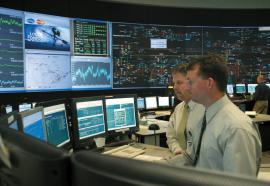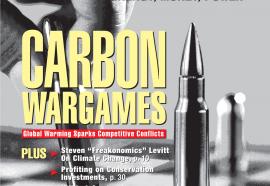Transforming the SysOp
Strategic pain points require an artful approach.
Utilities are at the threshold of some of the most significant changes they have faced in their history, rivaling the passage of PUHCA in 1935. This change emanates primarily from a handful of key business drivers associated with major technological improvements (i.e., AMI, smart grid), the need for increased customer focus, increased regulatory mandates, and a changing workforce.










